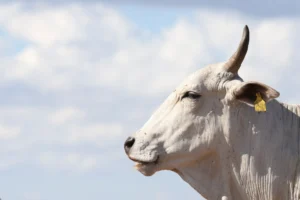
Can COP30 change the future of cows and climate in Brazil?
At COP30, the world’s eyes are on Brazil, and the cattle ranchers leading a global transformation.
Highlights:
We share the planet with 1.5 billion cows, each contributing daily to one of the largest byproducts of farming: manure.
Now imagine the sheer volume of waste generated by this global herd — and the opportunity it represents. What if even a fraction of this waste could be turned into renewable energy? With biodigester technology, this vision is already well underway.
Before we dive into how biodigesters are enabling agriculture to be a climate solution, let’s start with the basics.
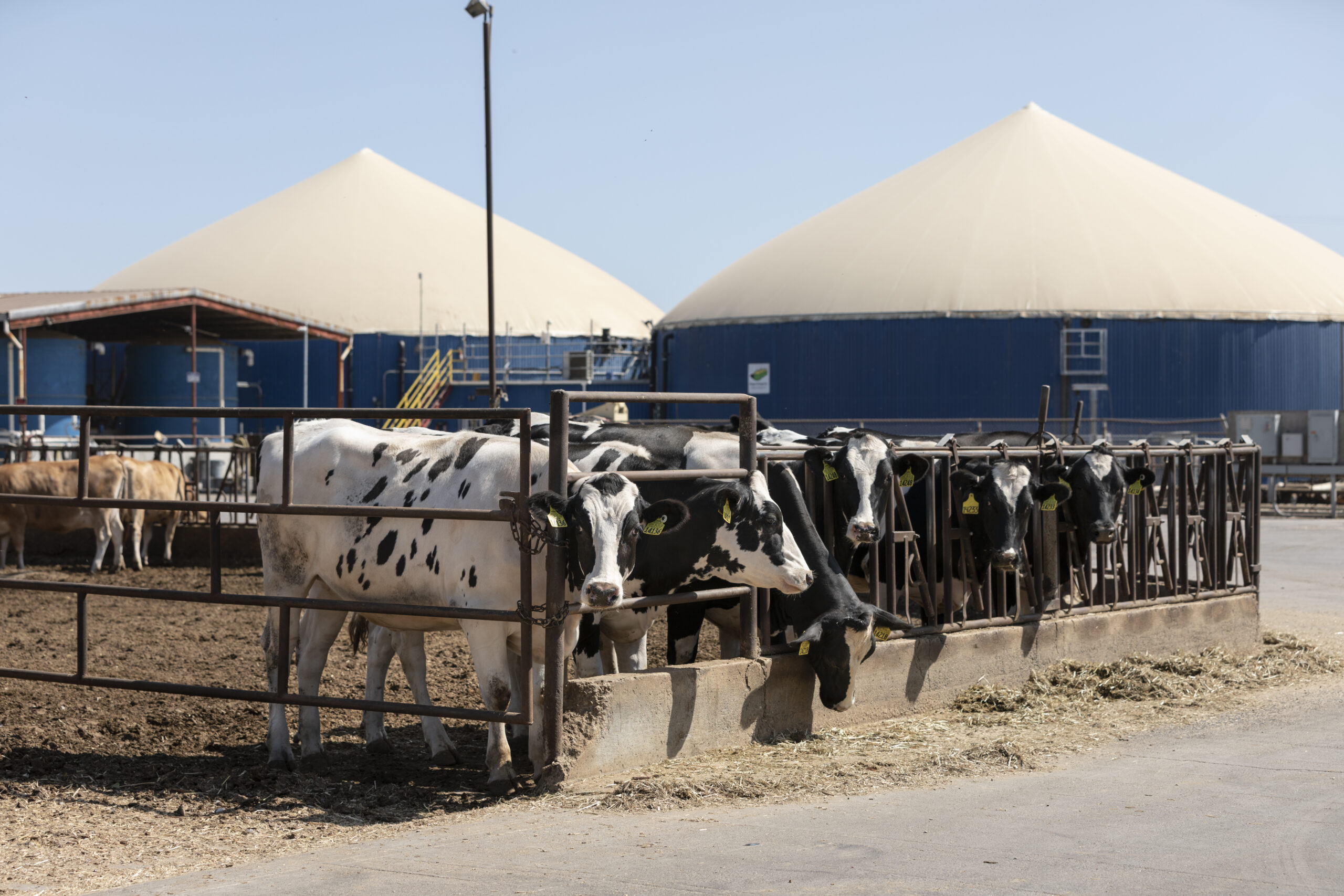
First, manure is collected from the farm and transferred into an airtight sealed tank (biodigester) where anaerobic bacteria break it down over a number of weeks. The four stages of anaerobic digestion are hydrolysis, acidogenesis, acetogenesis and methanogenesis.
As the bacteria do their work, two key outputs are produced: biogas, a mix of methane (CH4), carbon dioxide (CO2), hydrogen sulfide (H2S) and ammonia (NH3), and digestate, the leftover organic material.
Beyond creating useful resources, biodigesters also reduce greenhouse gas emissions by capturing methane from the manure that would otherwise escape into the atmosphere.
According to the Intergovernmental Panel on Climate Change, methane from cows (enteric and manure emissions) accounts for about 5–7% of global greenhouse gas emissions. In the ongoing effort to reduce methane emissions from cows, biodigesters are proving to be one of the most effective and sustainable solutions for farmers. The acceleration of biodigesters and RNG displaces natural gas from fossil fuel sources further benefiting the environment,
California has set the standard in methane reduction and biodigester adoption. Since passing the Short-Lived Climate Pollutant Reduction Act (SB 1383) in 2016, the state has reduced more than 4.8 million metric tons of methane, primarily through dairy digesters. This progress represents over two-thirds of California’s goal to cut 7.2 million metric tons by 2030. According to the CLEAR Center at the University of California, Davis, the state is on track to achieve this target.
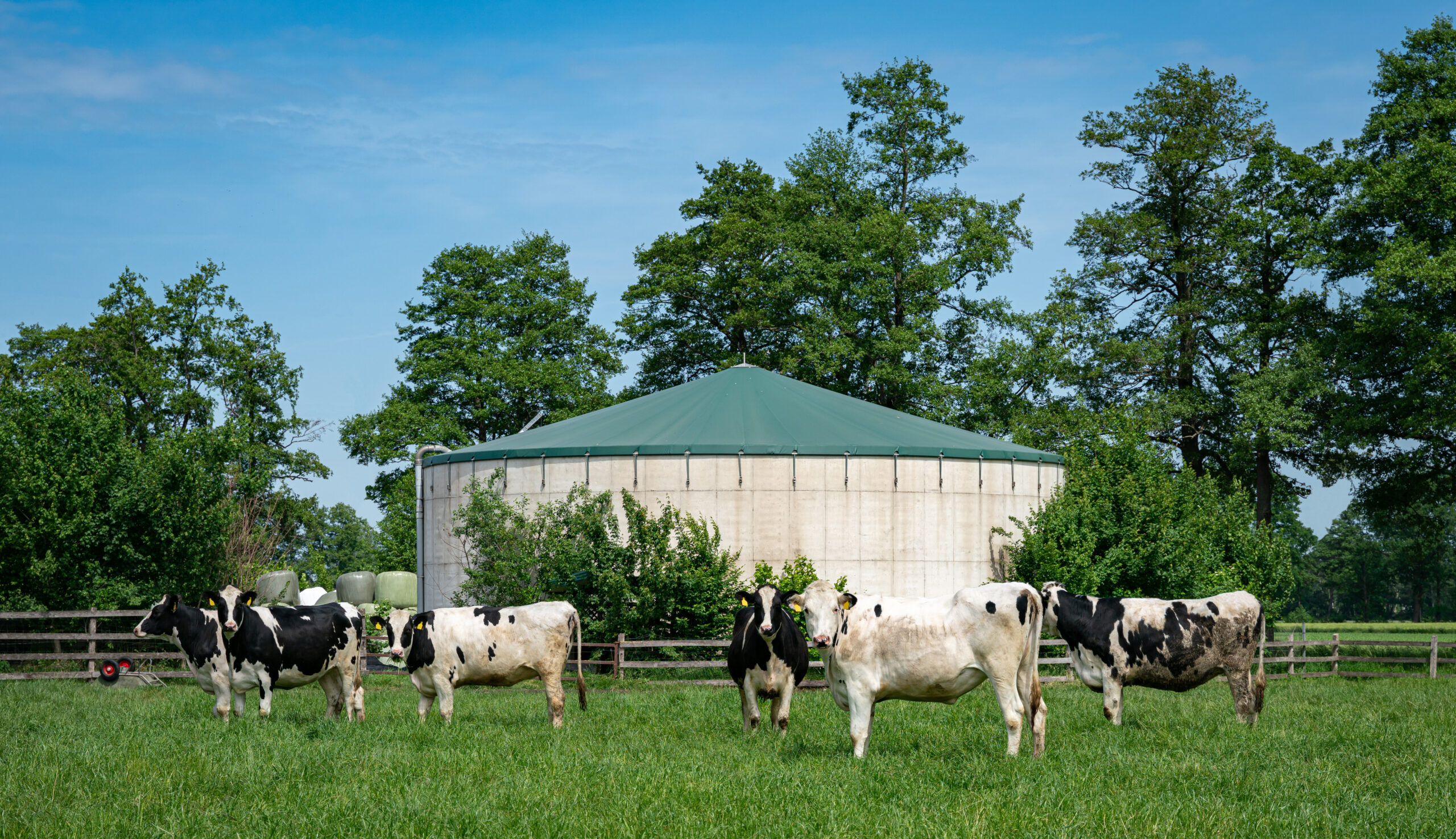
To understand the potential of biodigesters, let’s consider their impact if adopted more broadly.
Did you know…
While California sets a strong example of farm-based biodigester success in the U.S., several European countries are leading the way in using anaerobic digesters to convert agricultural waste into renewable energy.
Take Denmark, for example, which gets nearly 40% of its gas from upgraded biogas. By 2030, biogas could cover 75% of the country’s gas demand, with the potential to meet all gas consumption by 2034. One example of Denmark’s success is the Fangel Biogas Plant near Odense, which processes some 240 tons of waste daily (predominantly cow and pig manure), generating about 12,000 cubic meters of biogas each day. This biogas generates enough electricity to power homes through the national grid and provides heat that’s used to warm the plant and other buildings across the local community.
With the Danish government aiming to process 50% of manure through biodigesters, Denmark is actively working to reduce methane emissions from cows and reliance on fossil fuels. Denmark’s efforts to meet climate goals go beyond the use of digesters, though. In 2024, Denmark became the first country to introduce a carbon tax on livestock emissions, targeting methane from cows, sheep, and pigs to mitigate agricultural greenhouse gas emissions.
Also emerging as a leader in the space is Germany, with nearly 10,000 biogas plants that turn waste into renewable energy. Running mainly on grasses, energy crops and manure from livestock, Germany’s biogas plants supply electricity for almost 10 million households and heat for 2 million households.
Biodigesters aren’t just benefiting Europe’s dairy and beef farmers—other types of producers are also using the technology to generate renewable energy. For instance, at Wood Farm in Cambridgeshire, England, free-range egg farmers Charles and Jo Mear can power their entire Wood Farm operation using only 10% of the energy generated by their biodigester, which is fed maize and rye silage. The remaining electricity goes into the grid, supplying power to some 350 nearby homes.
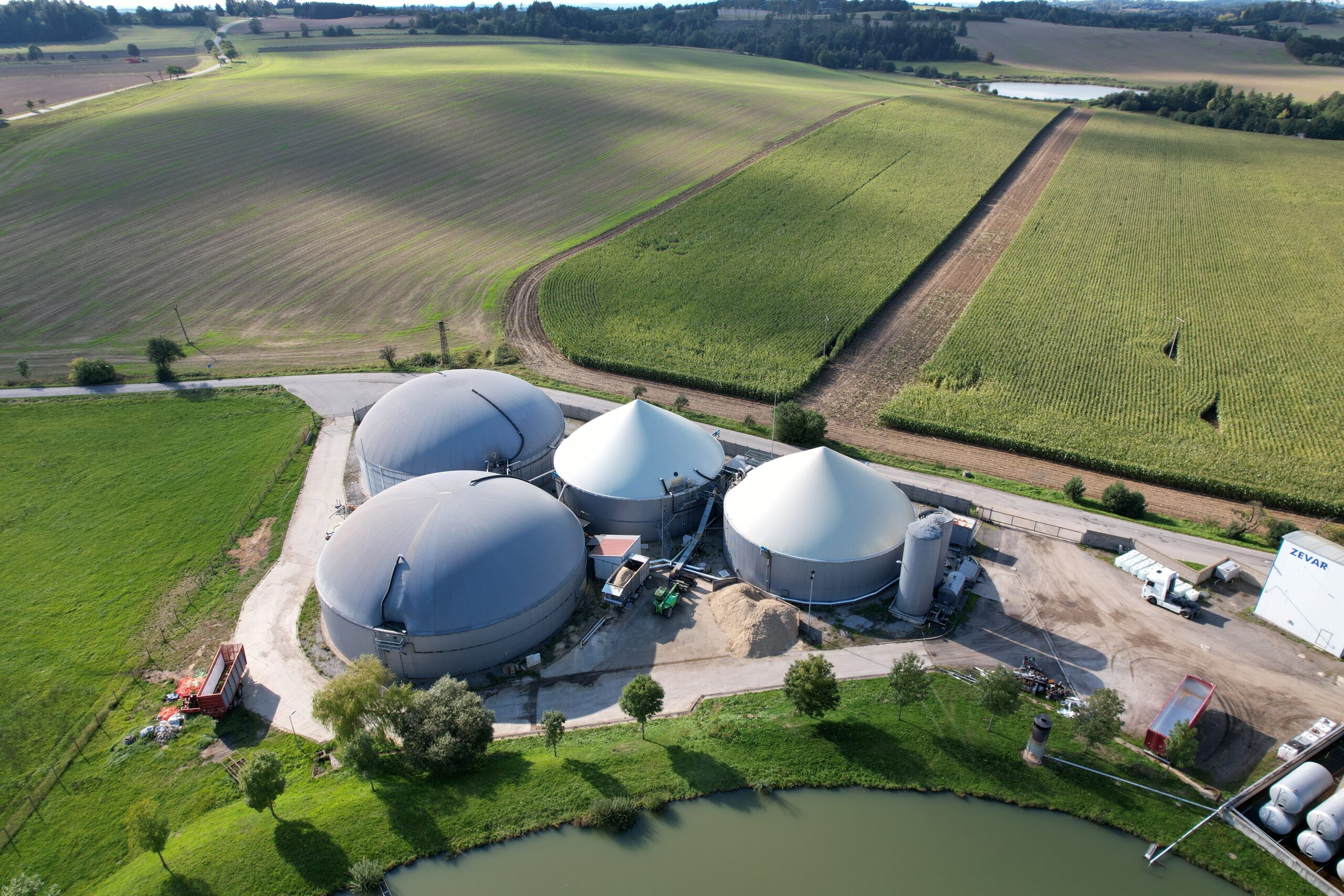
While biodigesters are one of agriculture’s most powerful tools for turning waste into energy and significantly reducing methane emissions, they aren’t a one-size-fits-all solution. Large-scale dairy and beef farms, which generate substantial manure daily, are typically the best candidates. Smaller farms may face logistical and financial hurdles or have insufficient waste volume. However, the technology is gradually becoming more scalable.
For biodigesters to reach their full potential as a climate solution, farmers need strong policies, financial incentives, and regulatory frameworks established by local governments. Without strategic investment, supportive legislation, and collaboration between policymakers and producers, widespread adoption becomes further from reach.
Biodigesters are one of many sustainability solutions for farmers, but like many systemic efforts, their success hinges on strategic policies and ongoing collaboration. As farmers strive for a greener future, it’s worth exploring how this technology can be made more accessible for farms of all sizes. With the right support and investment, biodigesters have the potential to reshape agriculture’s — turning challenges into climate solutions.
According to the CLEAR Center at UC-Davis, digesters have been integral in helping California dairy farmers reduce greenhouse gas emissions from cows. By using digesters to capture methane from manure and convert it into renewable energy, they’re turning emissions into a powerful climate solution. Click here to read more.

At COP30, the world’s eyes are on Brazil, and the cattle ranchers leading a global transformation.

Restoring 40 million hectares of pasture could feed billions and ease pressure on the Amazon. Is the world paying attention?
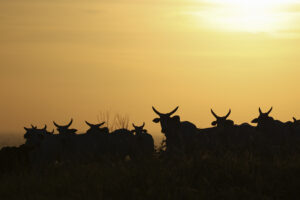
New mini-doc explores deforestation, food security and the Brazilian cattle sector’s path to a more sustainable future
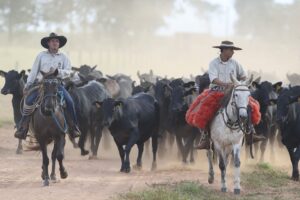
Mention Brazilian beef, and you’re likely to spark discussion about familiar themes: deforestation, emissions and blame. What do we find when we dig deeper? Here are the answers to five top questions about Brazil’s role in protecting the Amazon and feeding the world.

From science to the big screen: Discover how a single question grew into a global journey.
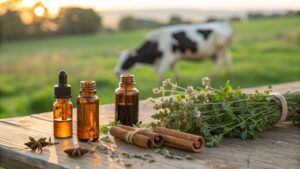
The role of essential oils like thyme, oregano and clove in reducing methane emissions from cattle.
As climate change intensifies and the world’s population continues to grow, the pressure on our global food production system mounts. You can play an active role in shaping a more sustainable planet for future generations. Fill out the form below to learn more about how you can partner with us.
Receive notifications about the release date, new online content and how you can get involved